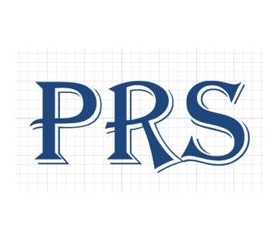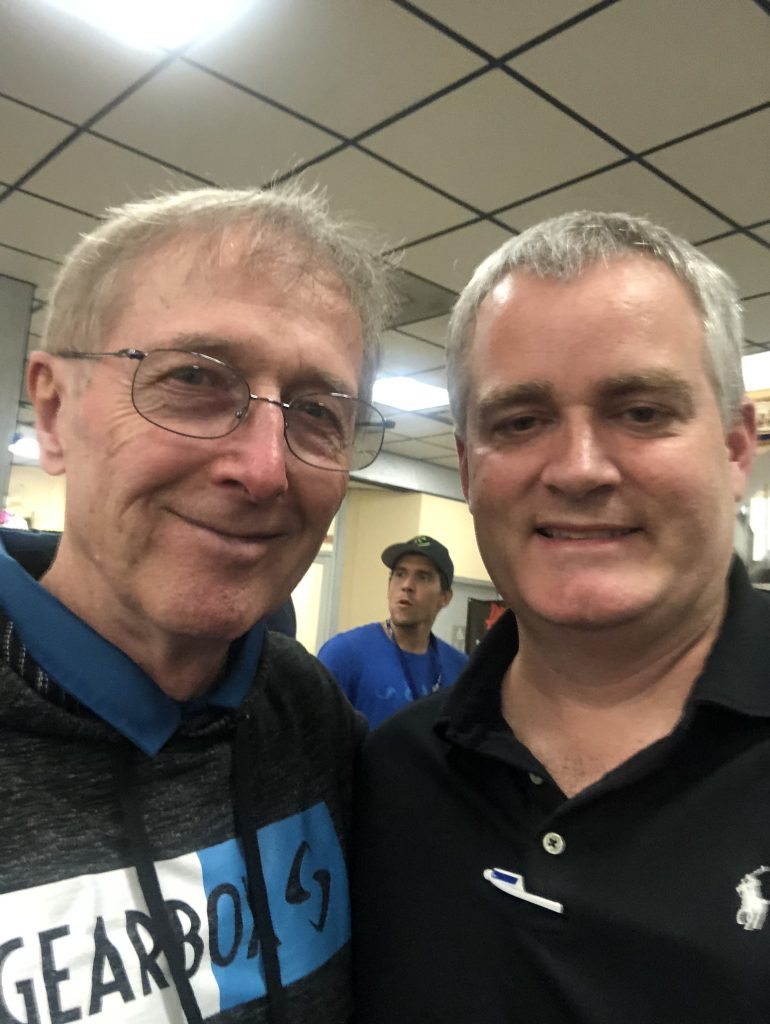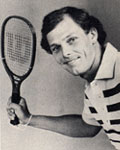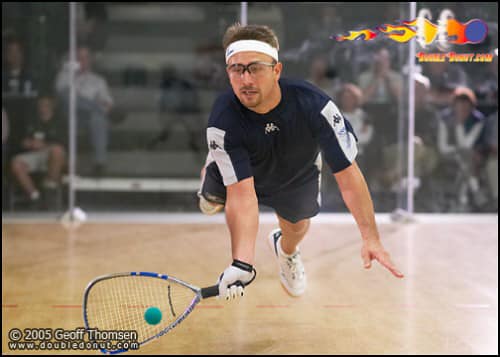Part 3 of 3 posts going over the content we’ve added recently.
– Big news: we’ve started to add Amateur National Qualifiers to the Amateur database! We had to modify some queries and add others. We also have put in a number of additional Categories for searching. We’re still back-filling in lots of Canadian Qualifiers, but as of this writing…
o all USA doubles qualifiers from 2016-2020 are in
o All Canadian qualifiers from Nov 2017-present
o A bunch more Canadian qualifier events are in the staging xls, but not yet loaded.
Some new example queries:
– http://rball.pro/1BEF9F is Q/S/F for USA National Doubles qualifiers from 2016-2020.
– http://rball.pro/0AAA0E is the finals of the last few Canadian Men’s Open qualifier events, the last 6 of which was won by Samuel Murray
I have a ton more to go; two qualifiers a year in Canada going back more than a decade is a lot of events to transcribe. I’ll probably send out a different email upon final data catch-up.
– I’ve also been adding other country data besides the “big 3” of USA, Canada, Mexico in an attempt to widen the scope of the data. This spring we’ve captured Qualifiers and/or Nationals results from Bolivia, Ecuador and India. I’m having some issues getting the full results for these events (India used R2 Sports App but the other countries did not), but the goal is to start loading in more data. I’ve also reached out recently to countries like Chile and Mexico with the hope of building out historical results.
A call to the community: ANYONE with links to national organizations in other countries who may be able to provide data is welcomed. There’s a dozen other countries out there that run national events that I’d love to have in the database.
– I’ve started to work on a change_nationality() function that properly shows all countries of origin properly for players who have switched allegiances in their career. The most recent example is of course Alex Landa switching from Mexico to USA, so the function should properly show Landa being “from” the USA in tourneys after Nov 2019 and being “from” Mexico before that. There’s now many players who have switched and as we see reports that need more coding we fix them.
– fixed bug in player_history_alltours() to get Event links to properly render based on alternate tour variable. This is a common issue in the code actually, since we over load lots of variables to support all sorts of different use cases in the code.
– fixed a bug in the Draw Size queries that was improperly counting draw sizes for events that depended on round robins. I was counting total matches, not distinct losers. I also was mis-couting events that have 3rd place games.
– the most recent addition: A Year-End Rankings Matrix tracking the current pro players and their year over year season ending ranking in one place. http://rball.pro/8D2F5F
———————
Other general improvements
– I’ve begun adding direct links in some places to specific tournaments, so that if you’ve run (for example) All Finals for a season you can click on the tournament name to get immediately to the “All Matches per Event” report.
– We’ve added some additional fields to the Tale of the Tape reports for players as we can find it; we’re always looking for more and better data.
– We’ve added “As of Date” date logic printing to every report; we list the day the report was run as well as the date of the latest tournament in the database. We did this to help support the IRT’s broadcast team so that they know when the data they’re looking at (if its been printed) is as of for context.
– We have created a number of reports to help the Reaching Your Dream Foundation organization report on its sponsored players; these are only available via private links shared only with RYDF staff, but also are something we can support for other tours or other organizations as needed. I’ve also created custom jump pages for the IRT broadcasters for example, and can do other one-offs as needed.
– We’ve modified the code to handle the LPRT’s conversion to best-of-3 scoring in Aug 2019.
– Thanks to an observation from Jon Rafkind, we had some redirect and coding bugs preventing the website from using SSL properly. So now you should see all pages on the site loading via https:// … if not, you may have the non secure link cached in your browser.
– Fixed some code typos as noticed by Tj Baumbaugh where my footer links on the home page/choose_tour.pl page were going to the wrong link for the LPRT.
– We’ve added a third Player Pull-down for all players who have appeared in the current season to help navigate players more easily. Some people have asked how the “Historical tour player” is populated; its driven by 50 tour wins. Well, there’s players in the current top 10 who don’t have that many wins, so they’re not in the “Historical” or “Frequent tour players” list … instead of changing that number, i just added a third pull-down.
– Photo Attribution: I modified the player_profile table to hold Photographer credits for all player profile pictures used, and then modified the code to read in a JS library (label.css) to put in a photo caption and give photographer credit where its due. I’ve also started cleaning out photo usage to try to migrate all photo usage to use materials from photographers that I’ve got “agreements” with. Many of the photos in there right now are from Kevin Savory or Ken Fife, who have been doing a lot of the photography at local pro events the last couple of seasons. But I hope to incorporate more photos from other photographers later on.
——————-
Tags
International Racquetball Tour
LPRT
International Racquetball Federation – IRF
USA Racquetball
Racquetball Canada
Federación Mexicana de Raquetbol
Federación Boliviana De Raquetbol – Febora
Federación Boliviana de Racquetball
Federación Chilena Racquetball
Racquetball Rancagua, Chile
Ferac Racquet
Federación Ecuatoriana de Racquetball – FERAC
India racquetball







